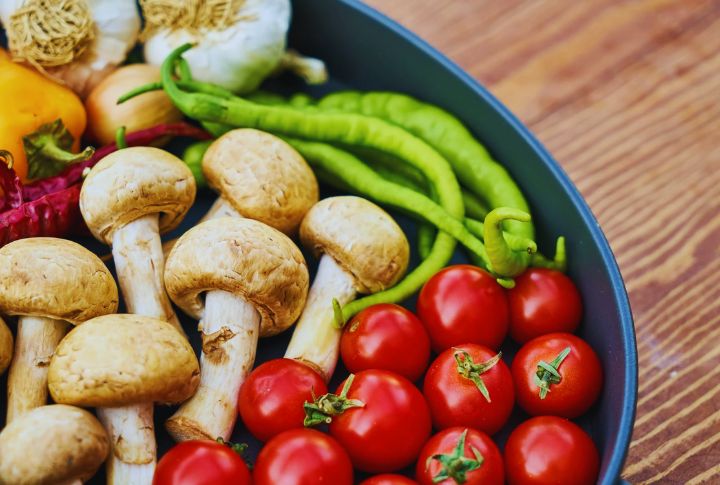
Not every healthy habit looks the way you’d expect. Crunching on raw veggies might feel like the peak of clean eating, but sometimes, cooking changes everything. A simmer here, a roast there—it makes nutrients easier to access. The science is subtle, but the payoff’s real. Here’s a look at 20 vegetables that bring more to the table when heated.
Tomatoes

Lycopene becomes easier to absorb when tomatoes are warmed, and that’s good. This antioxidant plays a key role in heart health and possibly reduces cancer risk. Raw tomatoes carry more vitamin C, but cooked ones deliver a red-gold lycopene surge that your system soaks up quickly.
Carrots
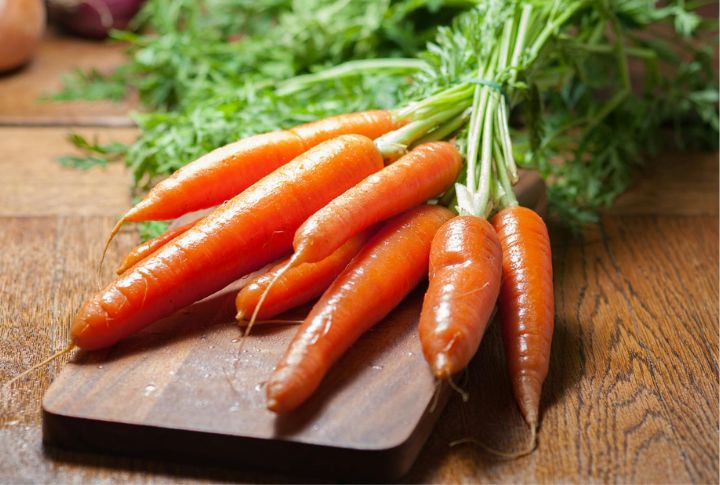
They’re crunchy when raw, but their real strength shows up once heated. Cooking loosens their cell walls, freeing beta-carotene. That converts into vitamin A, which helps sharpen vision and smooth skin. Roast or steam them whole to keep more of the goodness—and that deep color.
Spinach
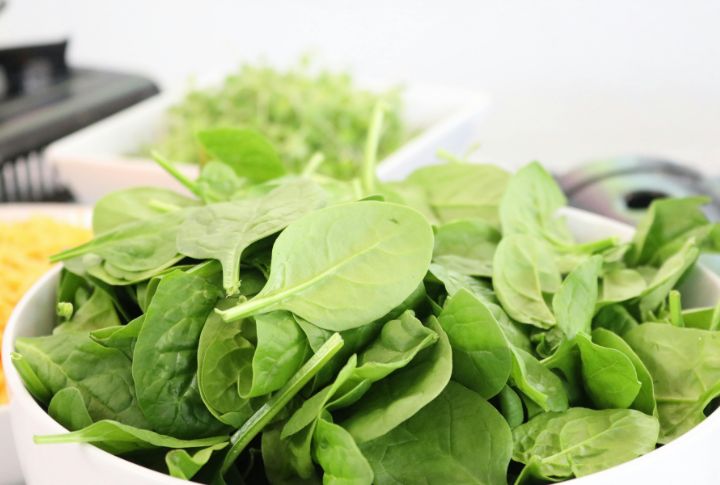
Oxalates in raw spinach can block calcium and iron absorption. A quick saute cuts down those inhibitors, giving minerals like magnesium a better shot. Folate dips a bit, but much remains. Want stronger bones and steadier energy? A touch of warmth makes all the difference. Just don’t boil it flat.
Asparagus

Raw spears have stubborn cell walls that lock up vitamin E and antioxidants. When gently heated, those walls loosen, helping your body pull more from every bite. Ferulic acid, known for fighting aging, gets a boost too. Plus, cooking enhances the bioavailability of key nutrients like asparagine, which supports brain and nervous system health.
Mushrooms
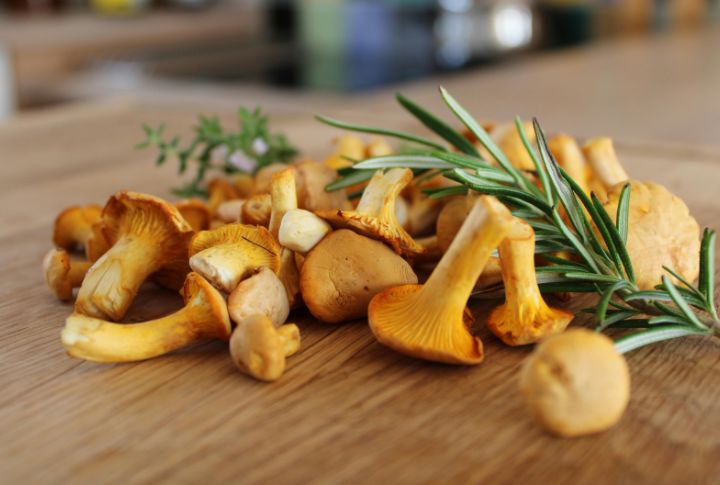
Warming mushrooms deepen their savory bite and activate ergothioneine, a powerful antioxidant. It also reduces trace toxins found in certain varieties. Raw, they’re spongy and tough to digest. Sauteed or grilled? That’s when their status as a health hero shows up, and your gut knows it.
Broccoli
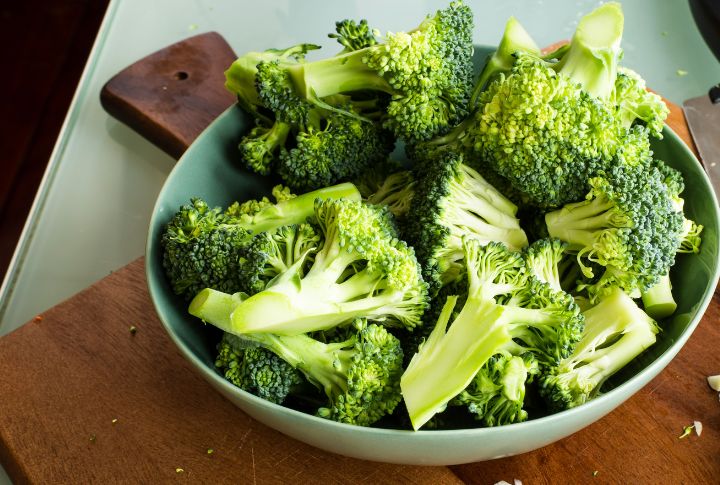
Broccoli is packed with vitamin C, but light steaming helps release sulforaphane, a compound linked to a reduced cancer risk. Just don’t overdo it—mushy broccoli loses its nutrients. Aim for crisp-tender to get the best of both worlds: better absorption, easier digestion, and a healthy dose of antioxidants.
Kale
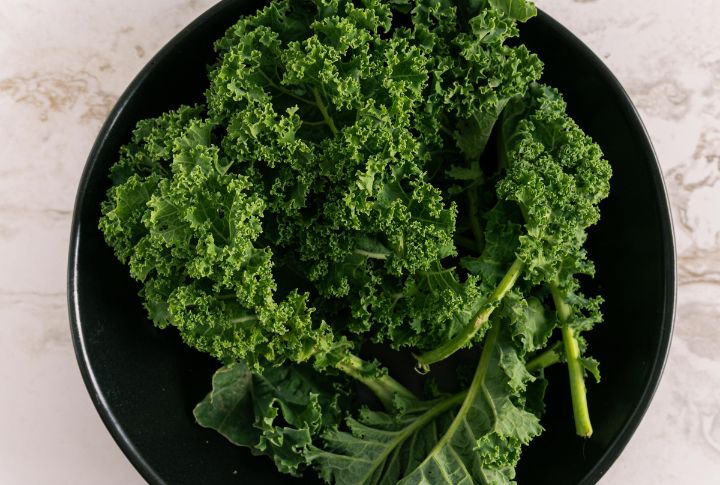
Goitrogens in kale can block iodine absorption, but steaming reduces their effect—good news for your thyroid. While some glucosinolates drop with heat, cooking also eases the tough fibers and mutes the bitterness. That gentler texture and milder bite? A small steam delivers a better chew along with added nutritional value.
Green Beans
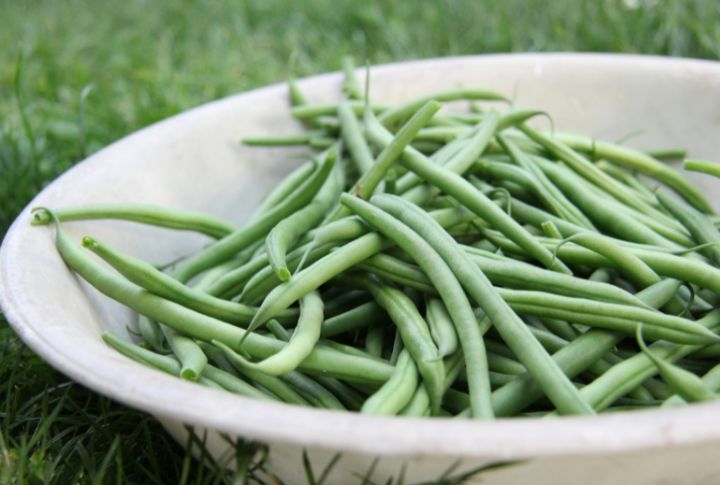
Though results may vary, the right heat can change the antioxidant profile of green beans. One key compound, kaempferol, supports heart health, but how much survives cooking is still up for debate. Roasting boosts the flavor, and adding a splash of olive oil and garlic brings extra nutrients your body can actually use.
Sweet Potatoes
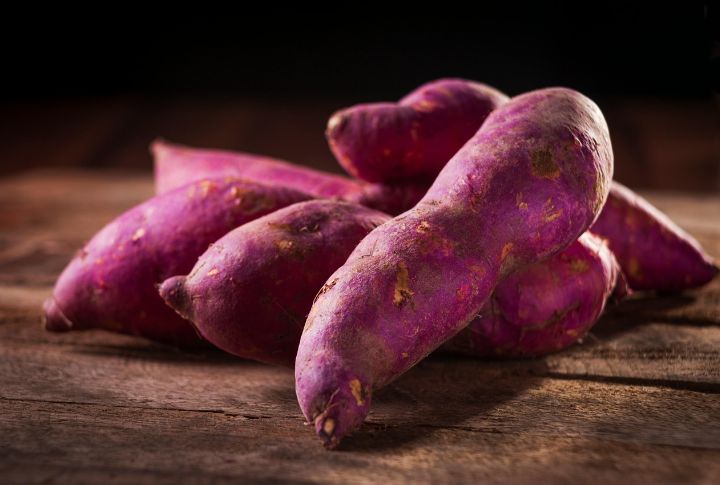
Beta-carotene jumps when sweet potatoes are baked or steamed. Your system turns it into vitamin A, which is essential for immunity and clear skin. Baking locks in those nutrients and dials up their caramel-sweetness. That bright orange scoop? It’s packed with fiber and antioxidants that your cells are happy to welcome.
Brussels Sprouts
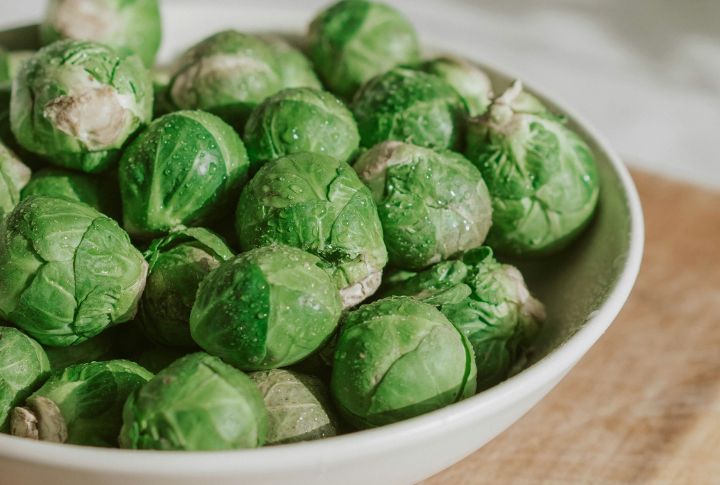
Sulforaphane and indole-3-carbinol—two inflammation-fighting compounds—are activated through gentle heat. Raw sprouts can challenge your gut, but cooking tones down their bite and softens their crunch. You get a side dish that’s simple to enjoy and packed with nutritional value.
Cauliflower

Thanks to an enzyme called myrosinase, cauliflower’s glucosinolates convert into sulforaphane. Though heat deactivates it, gentle roasting preserves some benefits. Toss florets with spices, and you draw out anti-inflammatory perks plus a richness you’d never expect from the raw version.
Cabbage

A raw pile of cabbage can feel stiff and sulfuric, but heat works wonders. Sauteing helps release polyphenols and anthocyanins, which are great for calming inflammation. Plus, it tones down the gassy side effects. Soften the texture, mellow the flavor, and suddenly, you’ve got a veggie upgrade your gut will love.
Zucchini

Softening zucchini changes its texture and enhances its benefits. Gentle heating may enhance the body’s access to carotenoids like beta-carotene. While lutein and zeaxanthin levels might shift, the squash still delivers hydration, mild sweetness, and solid nutrition. It’s a worthy addition to your plate—steamed, sauteed, or stirred into anything.
Eggplant

Bitter notes mellow fast when eggplant hits high temperatures. That spongy flesh turns velvety, and nasunin—an antioxidant found in the purple skin—is absorbed with greater ease. It’s believed to help protect brain cell membranes. Roasting or grilling brings out flavor and value, making each slice worth the time.
Artichokes

Steamed artichokes let go of more antioxidants, including cynarin and silymarin—two liver-friendly compounds. Their dense fibers also relax with warmth, making digestion easier. The fuzzy choke still stays off-limits, but every tender morsel around it becomes extra beneficial once the heat works its way in.
Beets

Dietary nitrates give beets their heart-healthy reputation. Though some are lost during boiling, roasting keeps more intact. The deeper flavor and softer texture are a bonus, while fiber and antioxidants remain strong. Those purple rounds don’t just brighten a plate—they help support blood flow and endurance.
Celery

Salad bars love raw celery, but the stove brings out its quieter strengths. Heating breaks down its fibrous structure, releasing apigenin and luteolin—two inflammation-fighting compounds. Steaming or boiling even increases its antioxidant potential. Bitterness eases off, crunch gives way to tenderness, and digestion gets a helping hand.
Garlic

Allicin commands the spotlight in raw garlic but doesn’t survive the heat. Thankfully, other sulfur compounds form during cooking and are still valuable. These help with cholesterol and immune defenses. Crush cloves first and let them sit before they sizzle; that quick pause boosts both the dish and its benefits.
Pumpkin

Behind that golden-orange flesh lies a beta-carotene bonanza. Your body turns it into vitamin A for sharper vision and stronger immunity. Bake it, and those nutrients become easier to absorb while the natural sweetness shines. Keep the whipped topping out, but don’t skip the benefits hiding in that pie base.
Bell Peppers

Bell peppers crunch beautifully in salads, but their eye-friendly benefits come through when lightly sauteed. Heat helps release carotenoids like beta-carotene, which is great for vision. Red peppers also hold more vitamin A than expected, and they turn irresistibly sweet when the pan gives them a quick kiss of warmth.
Leave a comment